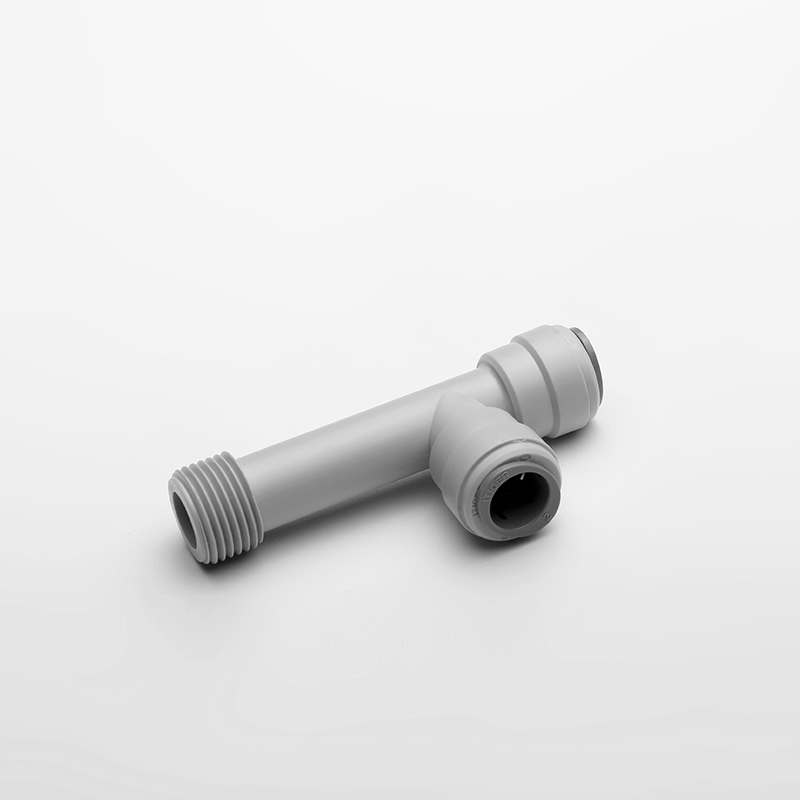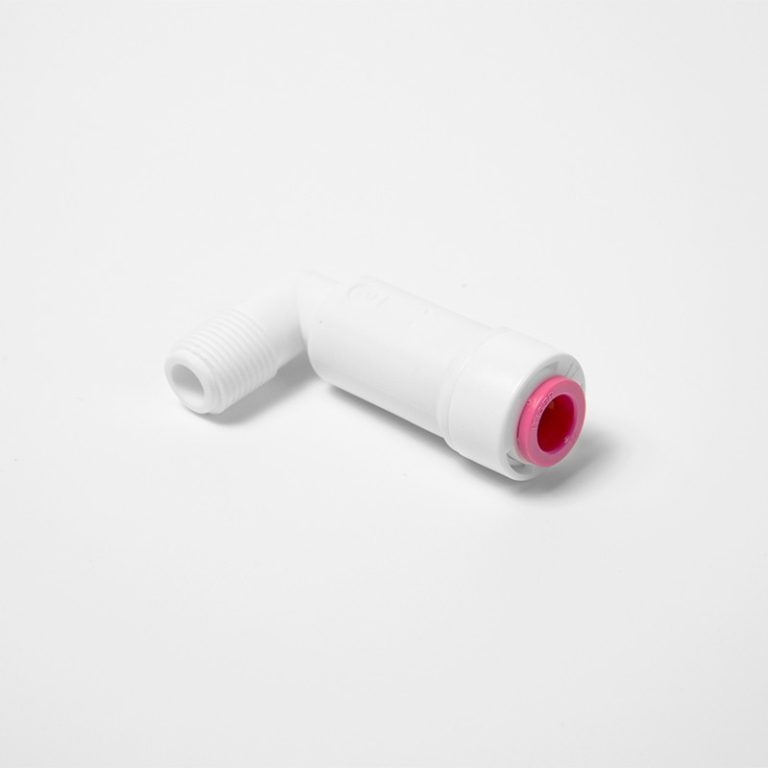“Easy to install, durable plastic plumbing fittings for all your needs.”
Table of Contents
Proper Steps for Installing Plastic Plumbing Fittings
Plastic plumbing fittings are a popular choice for many homeowners due to their affordability, durability, and ease of installation. Whether you are a seasoned DIY enthusiast or a novice looking to tackle a plumbing project, installing plastic fittings can be a straightforward process if you follow the proper steps. In this article, we will guide you through the process of installing plastic plumbing fittings to ensure a leak-free and efficient plumbing system in your home.
The first step in installing plastic plumbing fittings is to gather all the necessary materials and tools. You will need the plastic fittings themselves, as well as any pipes or connectors required for your specific project. Additionally, you will need a pipe cutter, deburring tool, and pipe wrenches to properly secure the fittings in place. It is important to ensure that all materials and tools are of high quality to prevent any leaks or malfunctions in the future.
Once you have gathered all the necessary materials and tools, the next step is to prepare the pipes for installation. Start by measuring and cutting the pipes to the desired length using a pipe cutter. Be sure to make clean, straight cuts to ensure a proper fit with the fittings. After cutting the pipes, use a deburring tool to remove any rough edges or burrs that may prevent a tight seal with the fittings.

With the pipes prepared, it is time to assemble the fittings. Begin by applying a small amount of pipe joint compound or Teflon tape to the threads of the fittings to create a watertight seal. Next, insert the pipes into the fittings and tighten them securely using pipe wrenches. Be careful not to overtighten the fittings, as this can cause damage to the pipes or fittings.

Once the fittings are securely in place, it is important to test the plumbing system for leaks. Turn on the water supply and check for any signs of water leakage around the fittings. If you notice any leaks, tighten the fittings further or apply additional pipe joint compound to create a proper seal. It is crucial to address any leaks immediately to prevent water damage and ensure the longevity of your plumbing system.
After testing for leaks and ensuring a secure fit, the final step is to secure the pipes in place. Use pipe clamps or straps to support the pipes and prevent them from shifting or sagging over time. Properly securing the pipes will help maintain the integrity of the plumbing system and prevent any potential issues in the future.
In conclusion, installing plastic plumbing fittings can be a simple and rewarding project for homeowners looking to improve their plumbing system. By following the proper steps outlined in this article, you can ensure a leak-free and efficient plumbing system in your home. Remember to gather all necessary materials and tools, prepare the pipes properly, assemble the fittings securely, test for leaks, and secure the pipes in place. With careful attention to detail and proper installation techniques, you can enjoy a reliable and functional plumbing system for years to come.
Common Mistakes to Avoid When Installing Plastic Plumbing Fittings
Plastic plumbing fittings are a popular choice for many homeowners due to their affordability, ease of installation, and durability. However, improper installation can lead to leaks, clogs, and other plumbing issues. In this article, we will discuss some common mistakes to avoid when installing plastic plumbing fittings to ensure a successful and leak-free installation.
| Model | Tube(a) | Stem(b) |
|---|---|---|
| 1801-A | 1/4 | 1/4 |
| 1801-C | 1/4 | 3/24 |
One of the most common mistakes people make when installing plastic plumbing fittings is not properly preparing the pipes before installation. It is essential to clean and deburr the ends of the pipes to ensure a tight and secure fit with the fittings. Failure to do so can result in leaks and other issues down the line. Additionally, it is crucial to ensure that the pipes are cut straight and square to prevent any gaps or leaks in the connection.
Another common mistake is over-tightening the fittings. While it is important to tighten the fittings securely, over-tightening can cause the plastic to crack or break, leading to leaks and other problems. It is recommended to use a wrench or pliers to tighten the fittings just enough to create a watertight seal without damaging the plastic.
Using the wrong type of fittings is another common mistake that can lead to plumbing issues. It is essential to use fittings that are compatible with the type of plastic pipes you are using. Using the wrong fittings can result in leaks, clogs, and other problems that can be costly to fix. It is important to consult with a professional or refer to the manufacturer’s guidelines to ensure you are using the correct fittings for your plumbing system.
Improperly aligning the fittings is another mistake that can cause leaks and other issues. It is crucial to ensure that the fittings are aligned correctly with the pipes to create a tight and secure connection. Failure to do so can result in leaks and other problems that can be difficult to repair once the system is in place.
Neglecting to use Teflon tape or pipe dope on threaded fittings is another common mistake that can lead to leaks. Teflon tape or pipe dope helps create a watertight seal between the threads of the fittings and the pipes, preventing leaks and other issues. It is important to apply Teflon tape or pipe dope to all threaded fittings to ensure a secure connection and prevent leaks.
Finally, failing to test the system for leaks before covering up the pipes is a common mistake that can lead to costly repairs down the line. It is essential to test the system for leaks by turning on the water and checking for any leaks or drips. If you notice any leaks, it is important to address them immediately to prevent further damage to your plumbing system.
| Model | Tube(a) | Stem(b) |
|---|---|---|
| 1801-A | 1/4 | 1/4 |
| 1801-C | 1/4 | 3/43 |
In conclusion, installing plastic plumbing fittings can be a straightforward process if done correctly. By avoiding these common mistakes and following the proper installation procedures, you can ensure a successful and leak-free installation. If you are unsure about how to install plastic plumbing fittings, it is always best to consult with a professional to ensure the job is done correctly.




